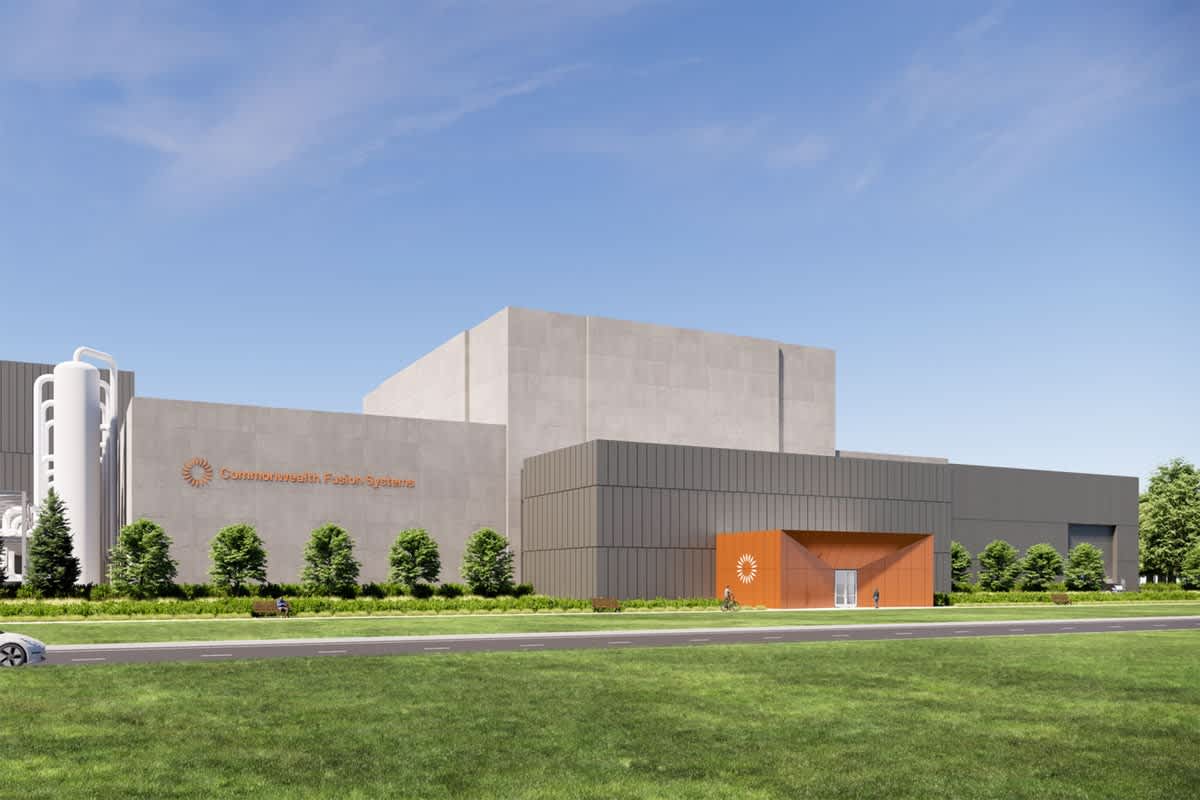Will the World’s First Nuclear Fusion Power Plant Be Built in Virginia? Here’s Why We’re Skeptical
A fusion power plant will go live in the next decade and produce 400 megawatts of electricity, Commonwealth Fusion Systems says
Commonwealth Fusion Systems’ new fusion power plant is expected to come online in the early 2030s and generate about 400 megawatts of clean, carbon-free electricity — enough to power large industrial sites or about 150,000 homes.
Join Our Community of Science Lovers!
Various parties have described this development as momentous. They include Virginia’s governor Glenn Youngkin, who issued a statement saying, “This is an historic moment for Virginia and the world at large.” And Dennis Whyte, CFS’s co-founder and an engineering professor at M.I.T., said in the news release that “this will be a watershed moment for fusion.”
But let’s hold our nuclear horses for just a moment: there are several steps that must be completed before this fusion plant, named ARC (for “affordable, robust, compact”), could be plugged into Virginia’s power grid. For one, CFS has not finished its demonstration machine, SPARC (“smallest possible ARC”). The company says it expects the completed SPARC to show net energy production in 2027. That alone would be a feat.
If you’re enjoying this article, consider supporting our award-winning journalism by subscribing. By purchasing a subscription you are helping to ensure the future of impactful stories about the discoveries and ideas shaping our world today.
Fusion, in which atomic nuclei combine and release gobs of energy, is a natural feature of the sun’s plasma. To mimic that process on Earth, a fuel pellet (often consisting of isotopes of hydrogen) is ignited inside a machine called a tokamak. A tokamak generates doughnut-shaped magnetic fields to control the resulting superhot plasma, which is prone to flaring. The outcome, in theory, is energy production without the long-lasting radioactive waste of nuclear fission and without the global warming contributions of burned carbon.
Failed promises litter the path to workable fusion. But this time there is a sense of excitement, of rapid acceleration after decades of plodding, among certain fusion experts. In 2022 physicists at the National Ignition Facility in California showed that it is possible to exceed what’s called scientific breakeven, in which a reactor makes more energy than what is required to kick off the fusion reaction.
Commonwealth Fusion System’s tokamak fusion reactor design, pictured, makes use of a new kind of high-temperature superconducting magnet. The approach was first explored in a graduate class taught by co-founder and MIT Professor Dennis Whyte.
The Virginia plant’s tokamak, based on designs produced by M.I.T. graduate students, will be especially compact and economic because it will use a new kind of superconducting magnet, Whyte said in the news release.
Virginia is home to Data Center Alley, where the current boom in artificial intelligence, streaming services and other tech has manifested what is among the world’s densest concentration of server farms. These are energy-hungry facilities, and demand is projected only to grow. CFS’s chief commercial officer told the New York Times the fusion plant will probably serve industrial customers.
CFS, meanwhile, has secured about $2 billion in investments. If it succeeds, it will have done so where previous attempts by well-financed tech companies have failed. Lockheed Martin began working on a small fusion reactor in 2010. In 2014 it said it would develop a reactor compact enough to fit on a truck before 2019. But by 2021, Lockheed Martin had quietly shelved the project.
Source: www.scientificamerican.com
